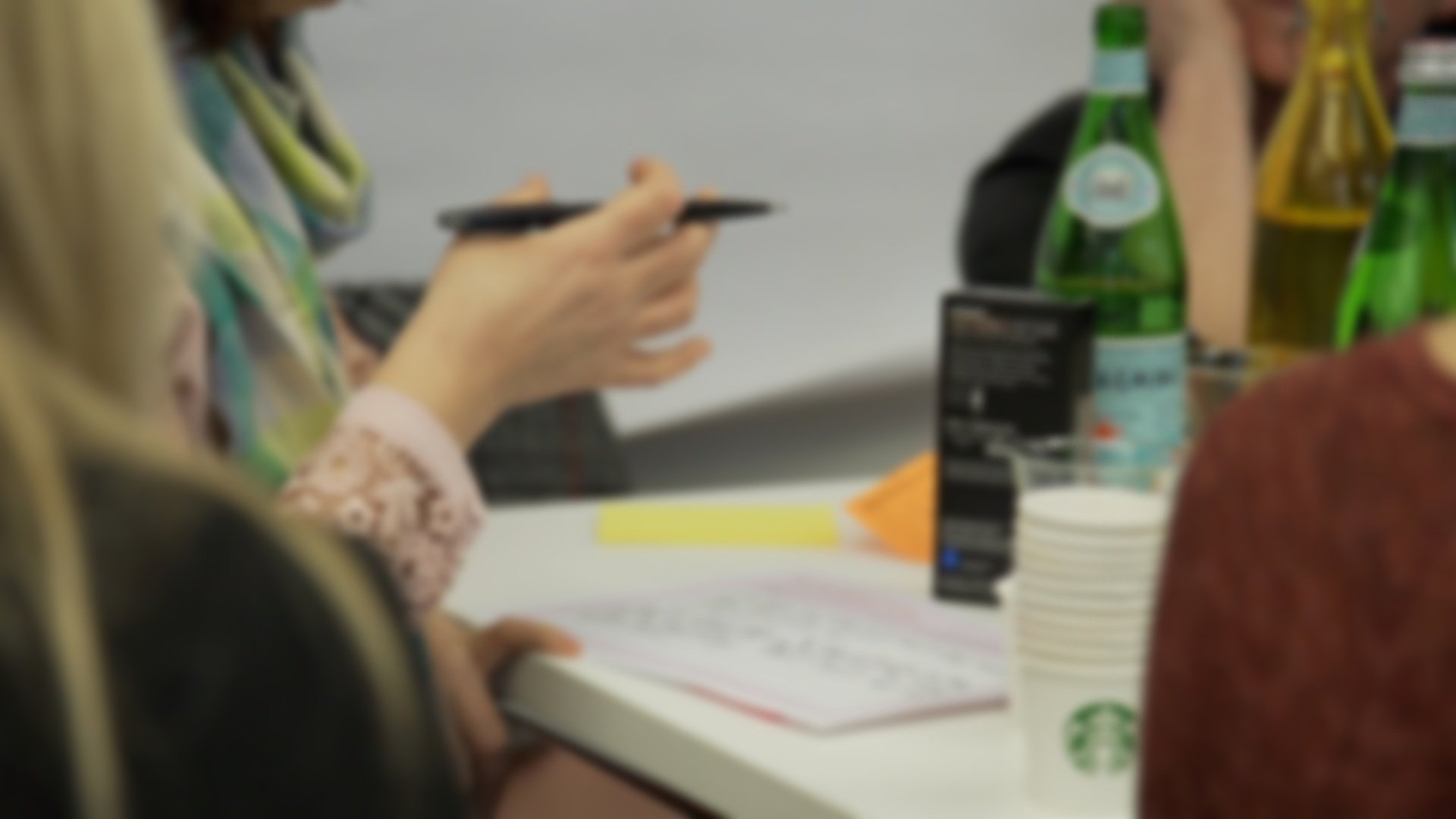
Design sprints
Traditional stage-gate processes are rigorous but lack pace. Plus, it’s tricky to pivot quickly when you uncover fresh insights and ideas.
Studies by McKinsey and PwC show that companies which use agile methods outperform their peers in terms of growth, ROI and stock market gains.
Our design sprints use human-centred design, lean and agile techniques to unlock insights and ideas at pace
This approach is ideal for tackling complex challenges.
Whether you need to generate ideas for your core business or unlock more complex new-to-the-world opportunities, our sprints can help you incubate, refine, and optimise solutions. We have successfully used these techniques in a diverse range of client projects spanning different sectors, such as consumer products, healthcare, retail, and medical devices.
New product pipeline and concept optimisation
Service innovation
Business planning
Optimising customer journeys
New business models
Claims and messaging
Digital services
Realigning strategy and the implications for priorities, initiatives and workstreams
Brand positioning
Brand activation and new product launch planning
Packaging innovation
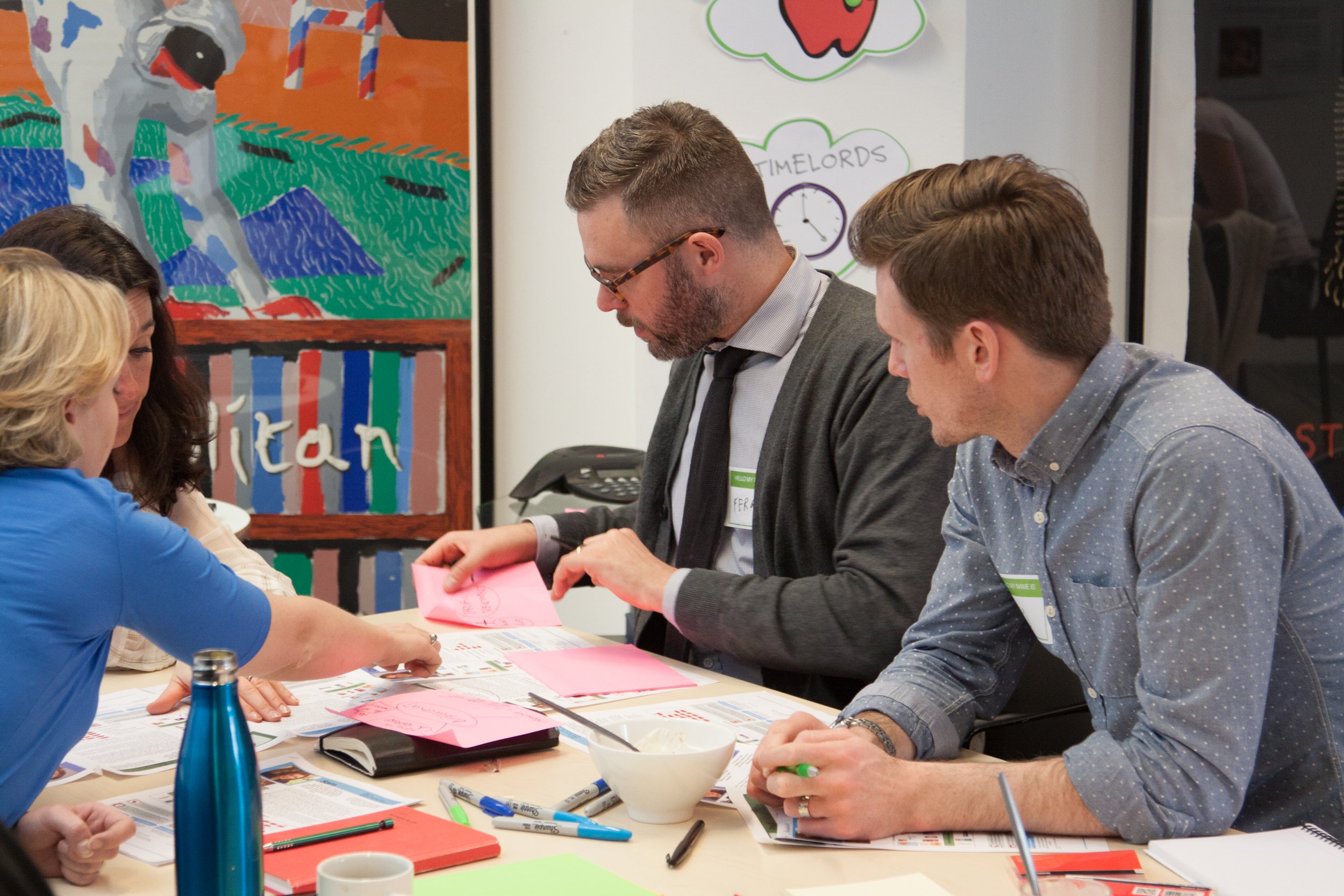
Unlock ideas with significant market potential
Our approach is broken down into a few simple steps.
Run over a few days or weeks, we interrogate the problem and incubate and optimise solutions with your team, stakeholders and target users.
The approach is designed to be flexible so you can pivot when new insights or surprising ideas surface.
The result: robust ideas created at pace.
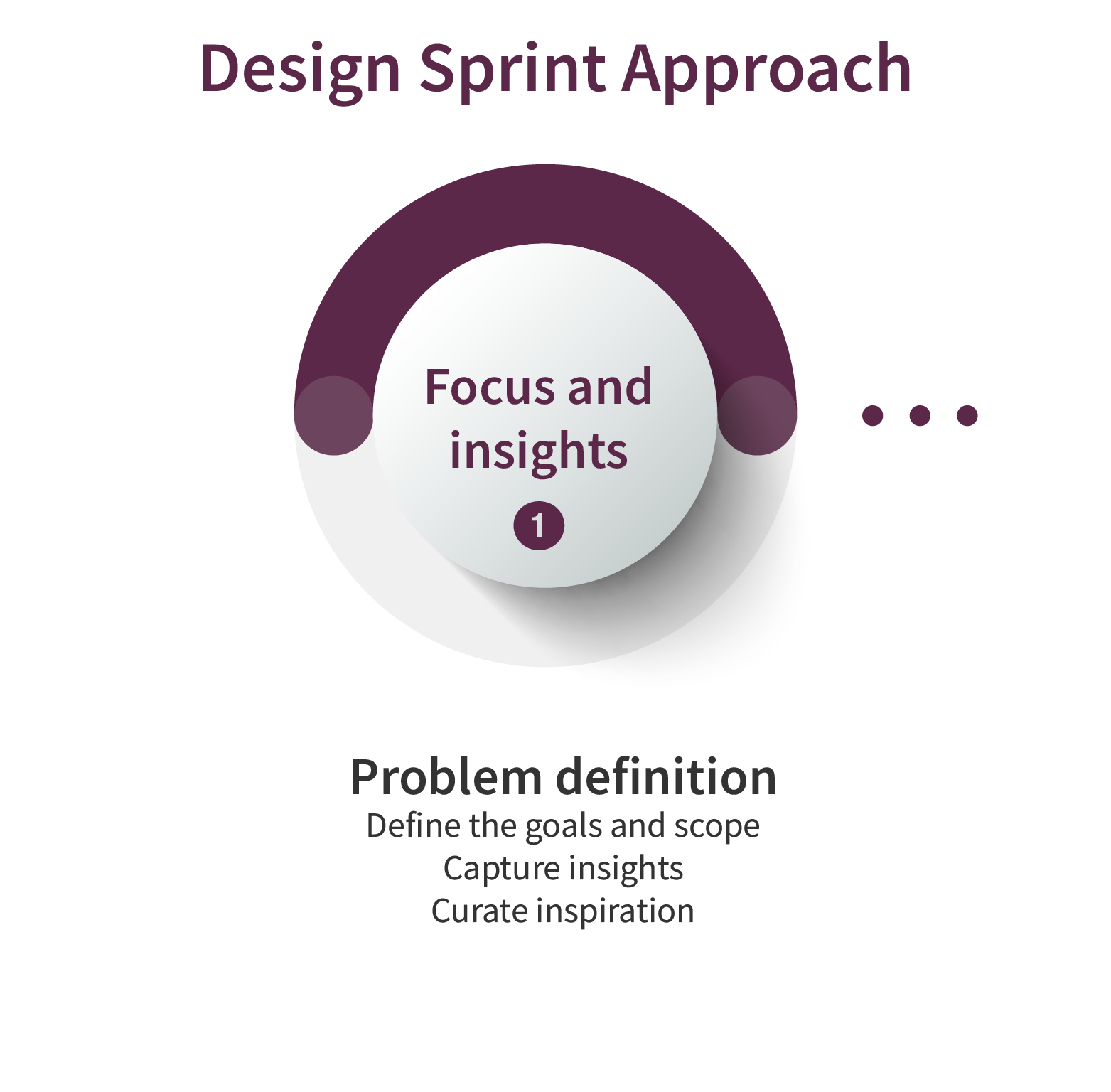
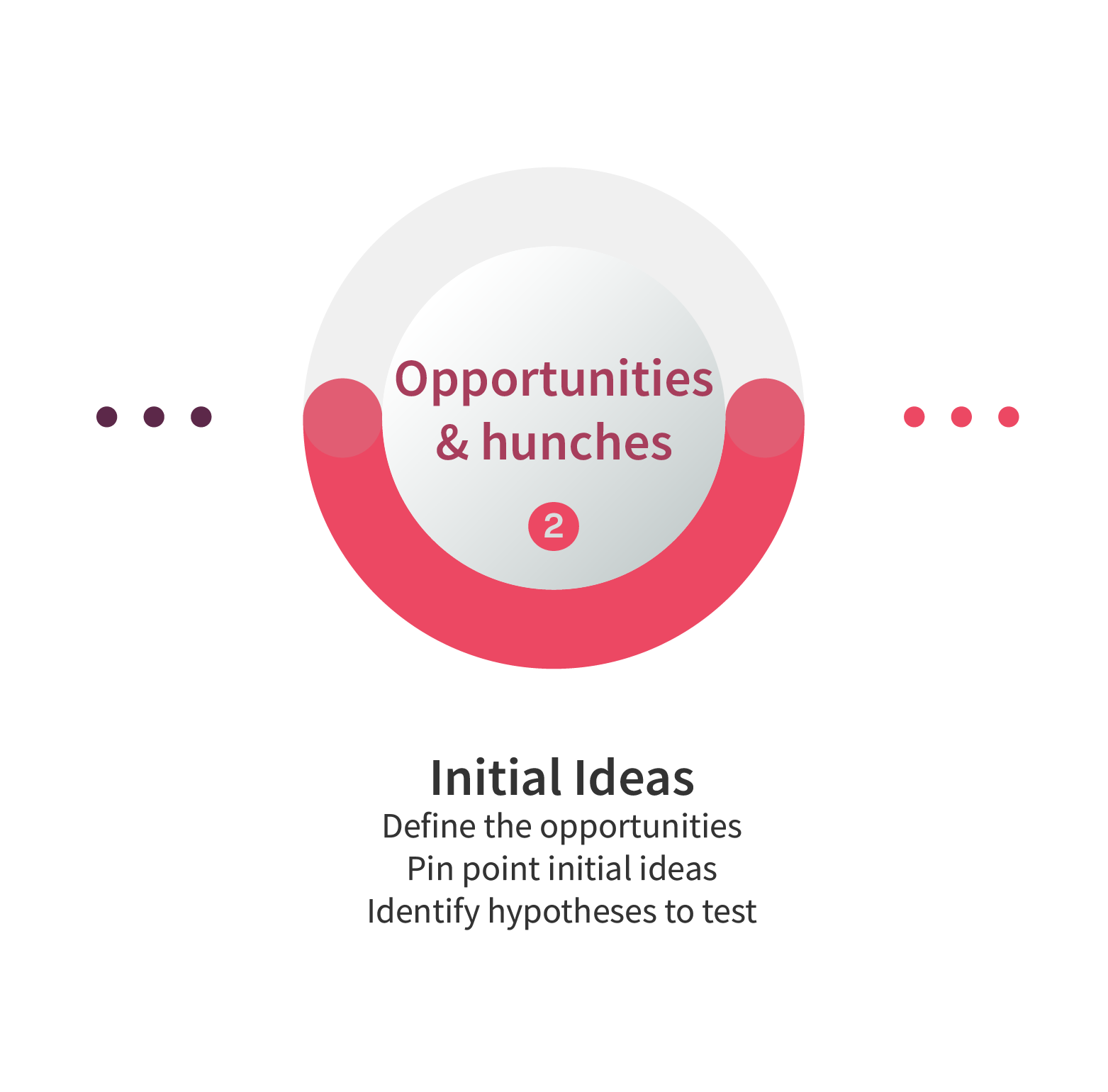
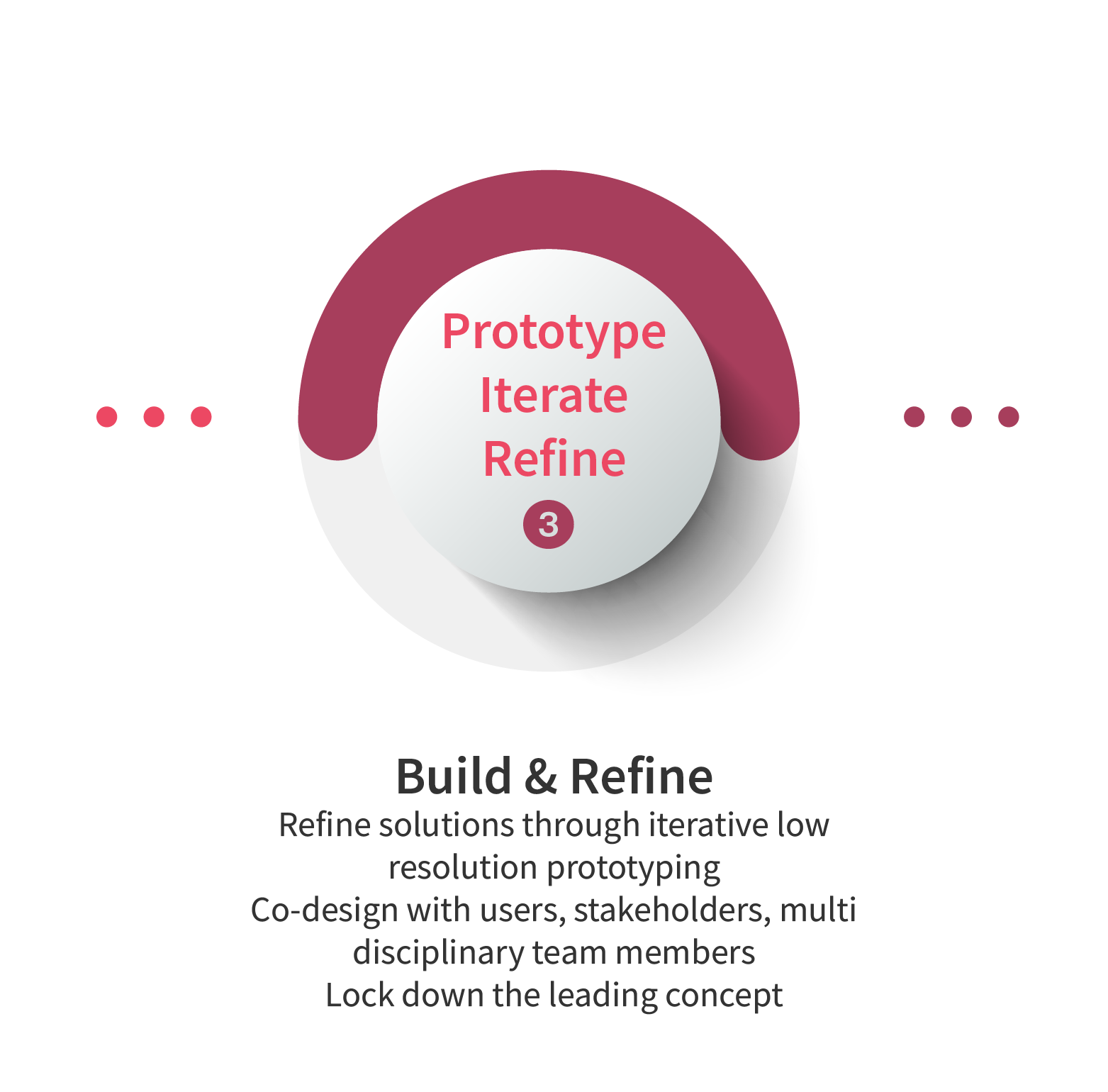
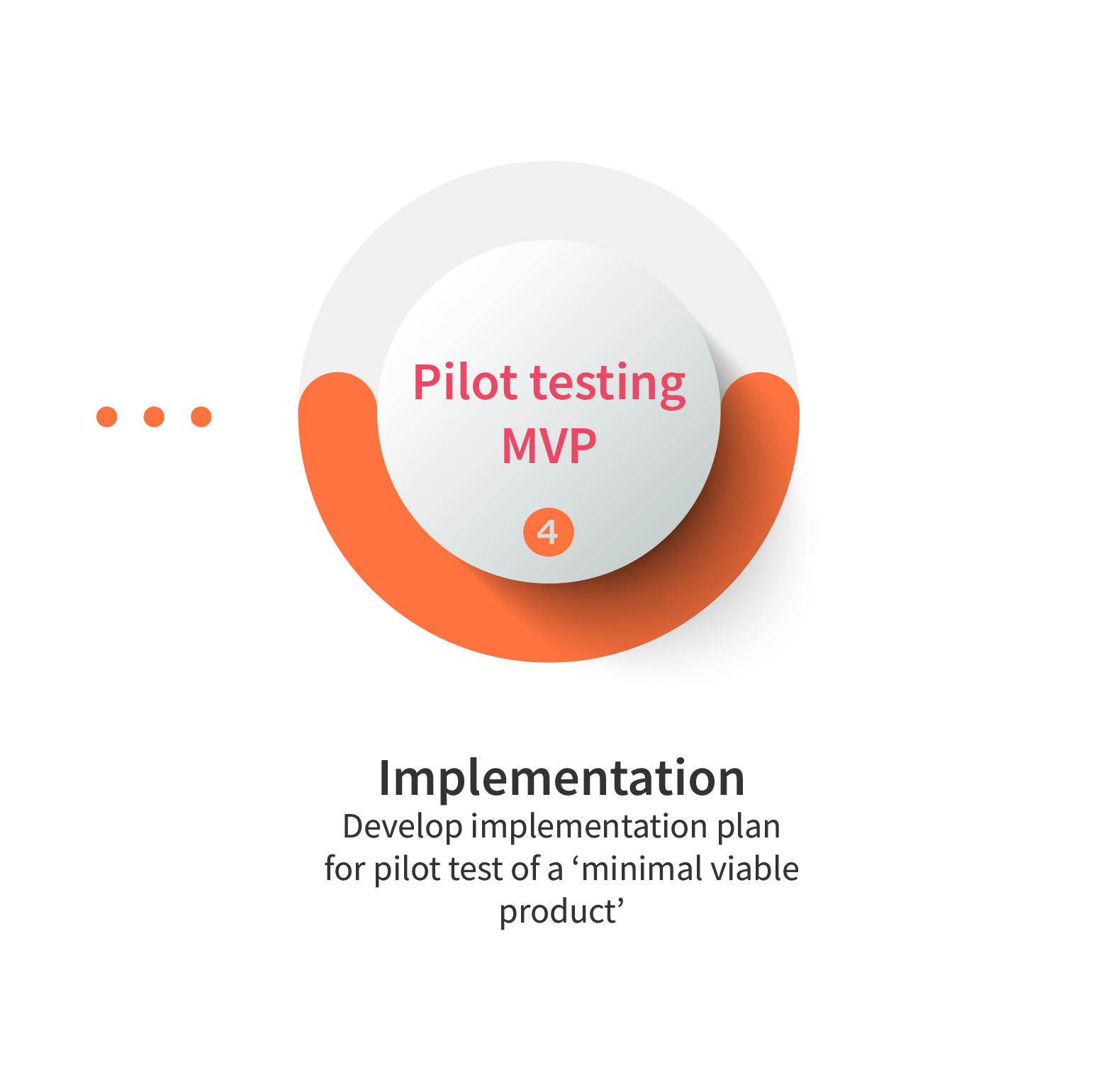
Consumer co-design
When you need consumer input, to help refine, incubate and refine ideas, our consumer user-centred design workshops are a perfect solution to integrate with a design sprint
Remote, hybrid, in-person?
Each and every project is unique in terms of how we run a design sprint.
We can blend the approach with remote engagements plus in-person workshops with your team, consumers and stakeholders.
In fact, research by Gartner shows that teams who collaborate intentionally with a blend of flexible remote and in-person interactions are 3.8x more productive.
We have a ton of tools and techniques that we can flex to the needs of the project.
For remote collaboration we love Miro, but there are many other tools that we use dependent on client needs, enterprise permissions and preferences.




